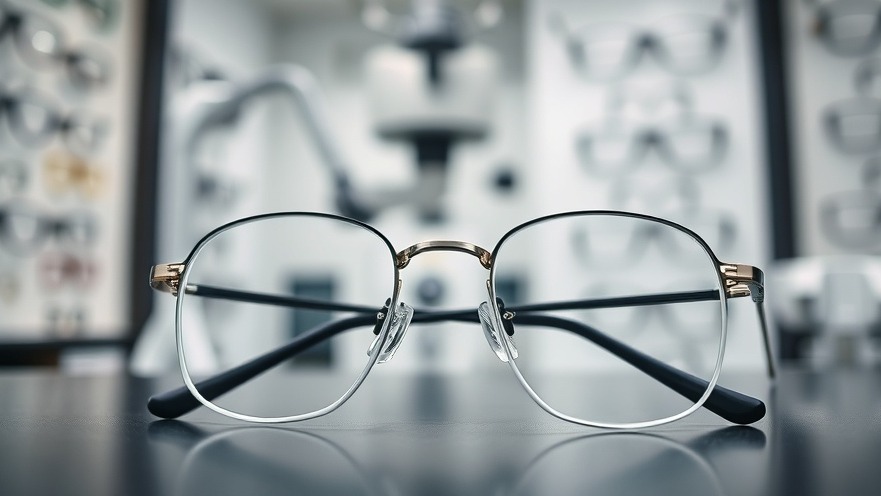
Discovering Natural Methods for Eye Health Improvement
Did you know that you can significantly enhance your eyesight naturally? Many urban professionals struggle with their vision, often attributed to prolonged screen time and an inactive lifestyle. Inspired by personal experience and research, I've taken steps over the past two years to improve my eyesight, and I'd like to share those insights with you. Remember, always consult with your eye doctor before changing your routine.
My Personal Eye Journey
It all began two years ago when I noticed that my glasses felt increasingly magnifying, particularly while driving. After switching to a new eye doctor, I was delighted to discover that my prescription had decreased from -5.25 to -5.00, a victory I had not anticipated! This prompted me to explore natural vision improvement strategies that have led to my success.
Integrating Healthful Practices for Eye Improvement
According to experts, like Dr. Ann Marie Griff and the information within resources about healthy vision, the best natural eyesight improvement methods can often start with our diet. Incorporating vitamins A, C, and E, along with key minerals like zinc, can enhance eye health while helping fend off issues like macular degeneration. Foods such as carrots, spinach, and fish rich in omega-3 fatty acids are highly recommended.
The Importance of Eye Exercises and Breaks
After long periods of screen usage, it's vital to give your eyes a break. The popular 20-20-20 rule suggests that every twenty minutes, you should look at something 20 feet away for at least 20 seconds. This helps to reduce eye strain caused by blue light exposure from screens, a problem many professionals confront daily. Incorporating a simple 6-second eye method—rapid blinking, resting, and refocusing—can also reduce fatigue.
Holistic Approaches to Eye Care
Natural vision correction isn't just about diet and exercises. Adequate sleep, hydration, and mindfulness practices contribute to overall eye health. My experience emphasizes the need for managing chronic conditions, such as diabetes and hypertension, as they can severely impact eyesight.
Protect Your Eyes with Style
Wearing sunglasses that filter out harmful UV rays is essential, not just for style but for preventing cataracts and other eye conditions. This protectiveness is especially crucial in urban settings where pollution can exacerbate eye issues.
Taking Charge of Your Eye Health
As you contemplate these steps, don’t hesitate to reach out to eye care professionals for personalized advice. With consistent efforts and a proactive approach to our health, improved eyesight can be achievable. If you're curious about enhancing your well-being further, I encourage you to explore various fitness routines or consider how daily movement can contribute to your eyesight improvement.
Join my newsletter for more tips on fitness and overall health, and transform your habits with the insights gathered from these experiences!
 Add Row
Add Row  Add
Add 




Write A Comment